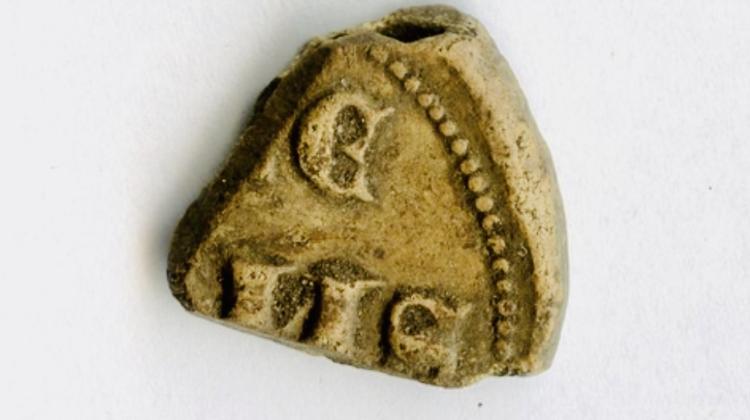Inhabitants of Roman Empire less mobile than previously thought, ancient DNA research shows
 Credit: Adobe Stock
Credit: Adobe Stock
The inhabitants of the Roman Empire were less mobile than previously thought, according to international research on 204 genomes of human remains from the times of the Empire. Eight percent of the examined remains came from areas well away from the burial site.
An international team of researchers coordinated by scientists from Stanford University (USA), determined the extent and consequences of migration within the Mediterranean basin and Central Europe during the time of the Roman Empire. The team members included Dr. Arkadiusz Sołtysiak and Professor Tomasz Waliszewski from the Faculty of Archaeology of the University of Warsaw.
Over the past three millennia, the Mediterranean, and later also the more northerly areas of Europe have been an area of intense migration driven by military conflict, trade and environmental factors. Until recently, researchers studying ancient populations and migration routes relied on information from ancient written sources, linguistic analyses and material traces of archaeological cultures. The proliferation of ceramics used to transport products indicated, for example, an extensive network of contacts connecting Rome and other important urban centres with centres of commodity production.
The results of ancient DNA research published in the journal eLife shed new light on the population history of the Roman Empire and surrounding areas in the first millennium CE.
The researchers sequenced 204 new genomes from 53 archaeological sites in 18 countries. The vast majority of the samples came from individuals buried during the peak of the Empire and its political heirs, from the first to seventh century CE. The research also included genomes from slightly earlier periods (first millennium BCE) from what is now Armenia, Algeria, Austria and France.
The results show that at least 8 percent of the individuals were not natives of the areas in which they were buried. This is a relatively low rate compared to expectations, which suggests limited migration of people between regions. The findings identify regions less prone to migration, such as the mountain area of Armenia, as well as lands subject to increased population exchange during that period, such as Sardinia, the Balkans and some parts of Central and Western Europe.
'The results of genetic research show the extraordinary diversity of populations inhabiting the ancient Mediterranean basin and Europe, but also their relatively high stability over the centuries,’ says Professor Tomasz Waliszewski.
Conclusions from studies of ancient genomes allow scientists to verify hypotheses constructed in past decades by historians and archaeologists. They pointed to the high level of mobility of people inhabiting the areas of ancient Mediterranean civilisations and the new centres of power and culture emerging in European territories.
'Historical sources paint an incomplete picture because they mainly concern the higher social classes, which by nature have greater possibilities of travel. That is why the results of archaeogenetic research are so important, because they are based on more representative samples,’ Dr. Arkadiusz Sołtysiak told PAP - Science in Poland.
'Thanks to genetic research, we are able to add important information to the existing source database, allowing us to better capture the population flow between different populations living in the Roman Empire,’ he adds.
Four of the genomes examined as part of the project were from human remains discovered during research conducted by archaeologists from the University of Warsaw in the ancient village of Chhim in present-day Lebanon.
The research was conducted in 1996-2015 by the Polish Centre of Mediterranean Archaeology UW and the Institute (now Faculty) of Archaeology of the University of Warsaw.
PAP - Science in Poland, Ewelina Krajczyńska-Wujec
ekr/ agt/ kap/
tr. RL
Przed dodaniem komentarza prosimy o zapoznanie z Regulaminem forum serwisu Nauka w Polsce.


















